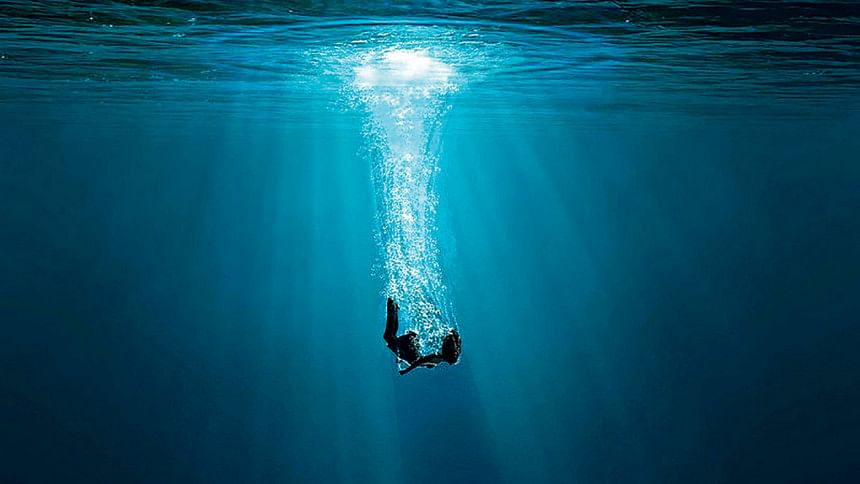Anyone can drown; no one should

Drowning is one of the top ten causes of mortality for children and adolescents aged 1 to 24 years old in every part of the world. In low- and middle-income nations, rivers, lakes, wells, household water storage vessels, and swimming pools account for more than 90% of drowning deaths. Flood-related disasters are affecting millions of people worldwide, owing in part to the expanding adverse effects of climate change, and drowning is the primary cause of death during floods.
The Western Pacific and Southeast Asia account for more than 60% of all drowning deaths. The Western Pacific area has the most significant rate of drowning deaths per 100,000 people, followed by Africa. Seasonal or severe weather occurrences, such as monsoons, are also a frequent cause of drowning. The majority of these deaths are avoidable using evidence-based, low-cost interventions
Almost the last decade, drowning has claimed the lives of over 2.5 m people. It is a big international issue that has gone virtually unnoticed in terms of its significance. According to WHO, 235,600 persons drowned in 2019. This figure is still considered an under-represen-tation.
The World Health Organisation (WHO) has developed evidence-based drowning prevention strategies and thorough implementation guidelines. While the execution of these will vary depending on the situation, it is critical that the worldwide drowning prevention community is consistent and coherent in articulating the following six drowning preventive interventions:
• Erecting barriers restricting water access
• Regulating access to water providing safe areas away from water such as crèches for preschool children with a skilled childcare
• Teaching swimming, water safety, and safe rescue skills
• Instructing bystanders in proper rescue and resuscitation procedures,
• Setting and enforcing safe boating, shipping and ferry regulations
• Enhancing flood risk management
To raise the awareness, July 25 is observed as the World Drowning Prevention day. On World #DrowningPreventionDay this year, WHO's theme is "do one thing" to help save lives. WHO encourages using the hashtag #DrowningPrevention on social media, particularly during World #DrowningPreventionDay. We can do the followings:
• Individuals can share drowning prevention and water safety knowledge with their family, friends, and coworkers, join up for swimming or water safety classes, or donate to local drowning prevention charities and organisations.
• Sharing water safety information in a public forum, launching campaigns, or designing or implementing new drowning prevention programmes are just some of the ways groups may help avoid drownings.
• Governing bodies have the power to announce new policies, methods or laws aimed at preventing drowning; create legislative or multi-sectoral roundtables to debate solutions to the drowning burden domestic and worldwide drowning prevention initiatives.
Every one of us has the opportunity to save someone from drowning, regardless of where we are. There are many ways to help prevent drownings, including raising awareness of the problem, promoting knowledge and awareness that tested solutions exist, working with local or national governments to develop drowning prevention plans and policies, volunteering with a drowning prevention organisation, or knowing how to keep ourselves and our families safe when we are in, around, or on the water.

 For all latest news, follow The Daily Star's Google News channel.
For all latest news, follow The Daily Star's Google News channel. 



Comments